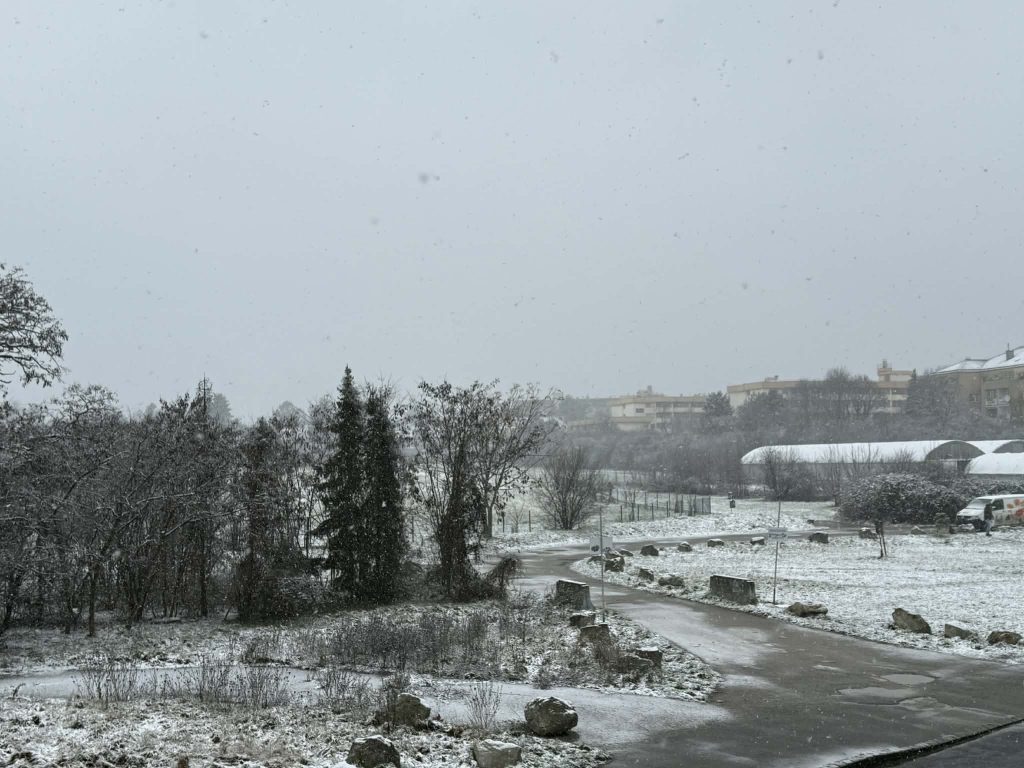In this week’s meeting on the current Corona situation, the GECKO Commission dealt with a new Omicron subvariant that was detected for the first time in Austria in early September. BJ.1 is a variant of BA.2.10.1 with many additional mutations at the spike protein. The number and location of mutations in BJ.1 indicate strong immune escape properties.
The New Omicron variant arrived in Austria
“How much BJ.1 can better evade immune protection due to particularly numerous new mutations is currently still unclear,” says virologist Andreas Bergthaler, who is also a member of GECKO. The expert emphasizes, “The prognosis for the further spread of BJ.1 is difficult as things stand.”
So far, only a few cases of BJ.1 have occurred internationally. In Austria, the omicron subvariant BA.5 continues to be dominant. According to the latest variant report from the Agency for Health and Food Safety (AGES), 6202 of 28,942 officially confirmed Corona infections could be assigned to BA.4/BA.5 when sequenced in calendar week 36 (September 5-11).
mRNA vaccination favored
Currently, an increase in cases has been noted in all age groups in Austria, although this mainly affects the five- to 14-year-old age group. “To what extent the increase in case numbers can be attributed to a change in testing behavior, the end of the vacations or epidemiological reasons is still unclear,” the GECKO commission informed. As for vaccines to protect against covid-19, mRNA technology continues to be considered the most mature. This, along with the enormously rapid scalability of large vaccine volumes, suggests that it will remain the leading technology in immunization, especially since vaccines can be rapidly adapted to new variants, according to GECKO experts.
Full immunization reduces long-covid risk
The commission also ventured a vaccination outlook for the coming year. According to the statement, the coming winter could serve as a “barometer” for future vaccination scenarios in Austria. “Whether Covid 19 vaccination will only be required for the general population before the cold season in the future, or whether multiple vaccinations per person will continue to be necessary, cannot be clearly stated from today’s perspective, as the occurrence of new virus variants and resulting changes in vaccination effectiveness cannot be estimated,” vaccination expert Herwig Kollaritsch explained. The most likely scenario, he said, is that older people and high-risk patients will probably need more than one vaccination per season. In any case, studies show that complete immunization significantly reduces the risk of long covid.
This post has already been read 1362 times!



